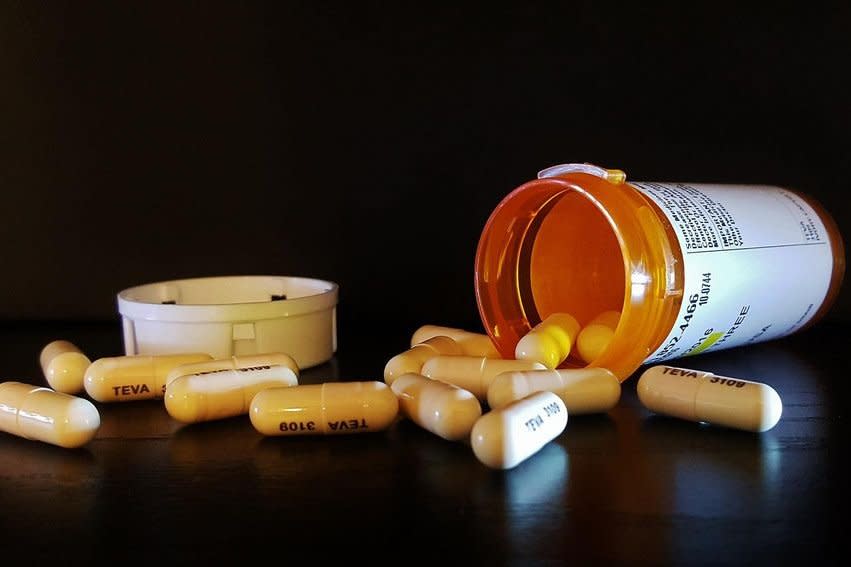Prescription drug costs much higher in U.S. than in other nations, report says

Feb. 1 (UPI) -- A RAND Corporation report released Thursday found that U.S. prescription drug prices are much higher than in other nations.
The report is out on the same day that Medicare sent initial price negotiating offers on 10 drugs for seniors.
According to the study, U.S. drug prices average 2.78 times the prices charged in 33 other countries studied.
For brand name drugs, it's even more pronounced, with U.S. prices for those kinds of drugs being 4.22 times higher than drug prices in other countries.
For insulin, RAND found U.S. prices ranged from 457% higher than Mexico to 3,799% higher than prices in Turkey.
"These findings provide further evidence that manufacturers' gross prices for prescription drugs are higher in the U.S. than in comparison countries," said report lead author Andrew Mulcahy in a statement. "We find that the gap is widening for name-brand drugs, while U.S. prices for generic drugs are now proportionally lower than our earlier analysis found."
Medicare on Thursday sent initial pricing offers to U.S. drug manufacturers aiming to lower medicine costs for families.
The White House said in a statement that Big Pharma is using nine lawsuits against the Medicare Drug Price Negotiation that was in the Biden Administration's Inflation Reduction Act.
According to the RAND report, U.S. prescription drug prices are 1.72 times higher than in Mexico while they are 10.28 times more expensive than prescription drugs in Turkey.
The U.S accounts for 62% of the total drug spending in the nations RAND studied while it accounts for just 24% the drug volume sold.
The study was sponsored by the Office of the Assistant Secretary for Planning and Evaluation in the U.S. Department of Health and Human Services.
The study looked at pricing in the Organization for Economic Cooperation and Development countries.
According to RAND, estimates are that prescription drug spending in the United States accounts for more than 10% of all health care spending.
Retail prices for prescription drugs in the United States rose by 91% between 2000 and 2020. It's expected to go up 5% a year annually through 2030.
The RAND report "International Prescription Drug Price Comparisons Estimates: Using 2022 Data" is available at www.rand.org.

 Yahoo News
Yahoo News 
